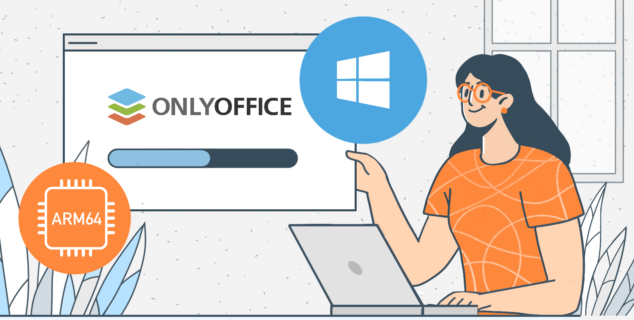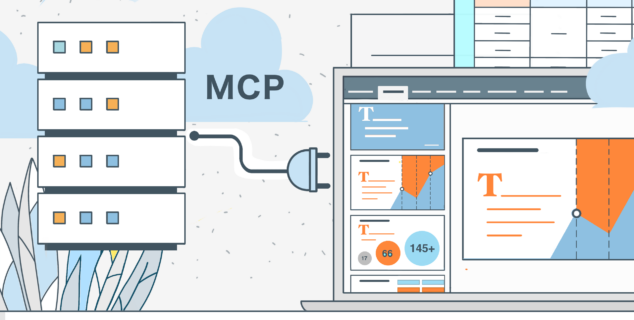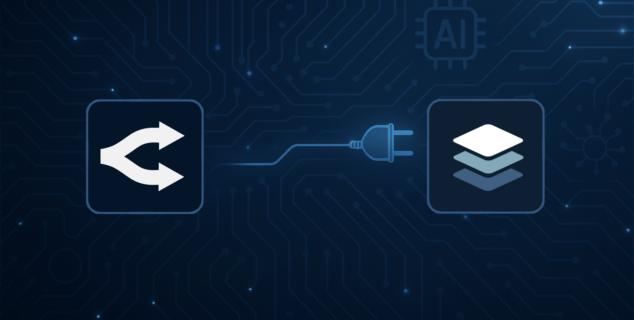How to create a personal education plan
If you are eager to reach your academic and career goals with less effort and more efficiency, you might need to create a personal education plan. This plan can help you graduate and develop your skills for employment by outlining your academic preferences, strengths, weaknesses, areas for improvement and learning needs as a student. In this article, you will learn how to create one, what it should include and find a free PDF template.

What is a personal education plan?
A personal education plan (also known as an individual education plan) is a document designed to help the student improve their academic performance and develop and customize a unique approach to education so that they can graduate with ease and obtain the knowledge and the skills they will need in their future career.
The purpose of a personal education plan is to provide directions for the student’s education and to ensure they have all the required support and resources to make constant progress and fulfil their potential. It guarantees a personalised approach to learning that meets the student’s educational needs and career aspirations.
An individual education plan is usually created by the student with the support of their parents or guardians and approved by teachers. It should be regularly reviewed and modified taking into consideration the student’s educational journey and the progress they make.
A personal education plan generally includes the student’s personal information, the definition of their academic and career goals, their preferred subjects and any other factors that might influence their academic performance. It may also include specific areas for improvement and skills for the student to work towards, their strong and weak points, career aspirations and other information that can help them map out their pathways to academic success.

Although a personal education plan might seem like routine paperwork, it is very important. Using it, students can:
- Identify subjects they are good or bad at;
- Find out what subjects or educational aspects they need help with;
- Establish their personal and academic objectives, and deadlines for their fulfilment;
- Reflect on their strengths and weaknesses;
- Plan their career path after school or college.
What a personal education plan covers
An individual education plan can cover various aspects of the educational needs of the student and may vary depending on what they want to succeed in. However, there are some common sections that can help you to achieve the best outcomes as a student. Let’s take a quick look at them.
1. Personal information
Since a personal education plan is created to meet the unique educational needs of a student, there should be complete information about the student’s full name, the grade they are in and some details about the teacher who is going to supervise the process.
2. Self-reflection
Self-reflection is an important mental process that can help the student understand who they are, what they like about education and what they are good at. When you self-reflect, you can more easily identify your career aspirations and things you would like to change about yourself to become a better learner.
3. Personal goals
This section is very important because the correct goal setting is what can drive you along the way to success. Think about what you want to achieve as a student and set achievable goals. Then take into consideration the short-term and long-term steps that you might need to take to reach your personal goals. You can also specify who can assist you in what you are going to achieve. This process will help you realize who you want to be in life after school or college.
4. Academic reflection
This part of your student education plan allows you to understand what subjects you like and what academic skills you have. This understanding helps you build an effective learning journey and obtain more knowledge in the area you are interested in.
5. Academic goals
The description of your academic goals is also an important step. Your academic goals can include improving your learning habits or developing new skills that might be useful after you graduate. Such goals help you cope with the challenges of your educational journey by keeping you always motivated and engaged.
6. Career planning
Career planning is a process in which you identify your personal strengths, weaknesses, and interests, and determine which job opportunities would be a great fit for a person like you. When planning your career as a student, you can also reflect on additional activities that you can take up to develop the skills you might need as a professional in a certain area.
7. Transferable skills reflection
Transferable skills are universal skills that can be useful in different areas of your life. A great example is communication skills. If you are good at communicating with other people, you might succeed in various professional spheres. Such skills are also good for your education. Identify the transferable skills you have now and work on those that you will need in the future.
8. Comments and feedback
The creation of a good individual education plan is a collaborative process among the student, their parents or guardians and the teacher. The adults around you might help you promote your personal and professional growth by giving you advice and constructive feedback. By listening to your parents and teachers, you can avoid personal bias and create a really effective individual plan for your studies.
How to create a personal education plan
Now that you know why an individualized education plan is vital and how you can use it to achieve your educational goals, it’s time to decide whether to create one from scratch or use a ready-made template. The former option is for creative students who like to create unique things, and the latter works for those who don’t want to spend their time on routine tasks.
No matter how you want to create your own individual education plan, the ONLYOFFICE team has prepared a fillable PDF template that you can use for free. Using our template, you can easily create a written record of your academic and personal goals, your strengths and weaknesses, and, of course, your learning needs.
The personal education plan template is available for everyone in the ONLYOFFICE form library. You can open it directly in your browser, edit the way you like and complete all fields online. Then you can save the completed form template to your device and open it offline whenever you need it.
Alternatively, you can open and fill out the personal education plan PDF template on your PC or laptop using ONLYOFFICE Desktop Editors, a free office suite for Windows, Linux and macOS. The ONLYOFFICE app for iOS and Android makes it possible to open and fill out the form on your mobile device so that you can have access to your individualized education plan on the go.
ONLYOFFICE for students
If you need a free office suite to create and edit your personal education plan or other documents for your studies, such as essays, presentations, spreadsheets and PDFs, you can create a free ONLYOFFICE DocSpace account for online use or get a free desktop app for your operating system, whether it be Windows, Linux or macOS:
Watch this webinar to learn more about the ONLYOFFICE solutions for education:
Create your free ONLYOFFICE account
View, edit and collaborate on docs, sheets, slides, forms, and PDF files online.


